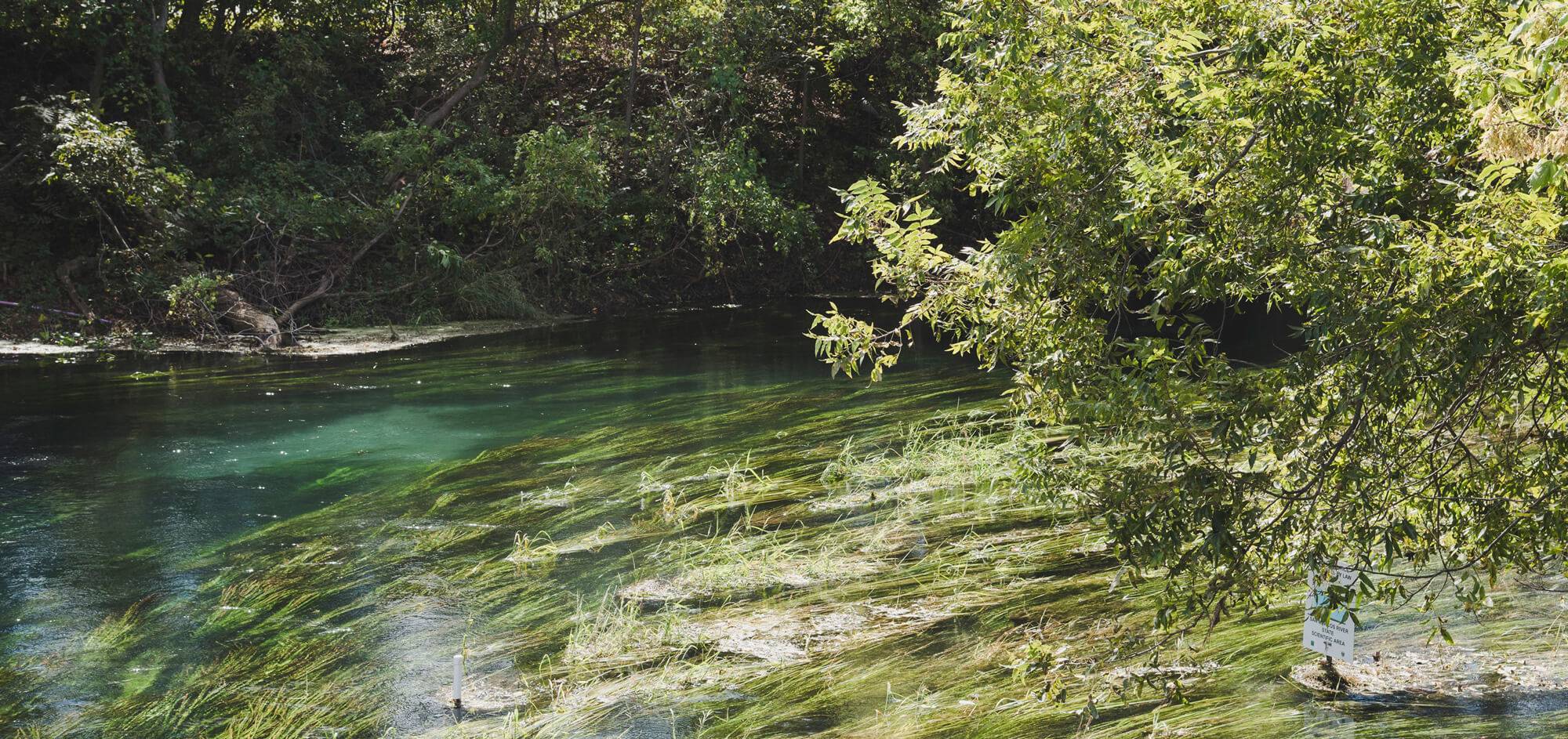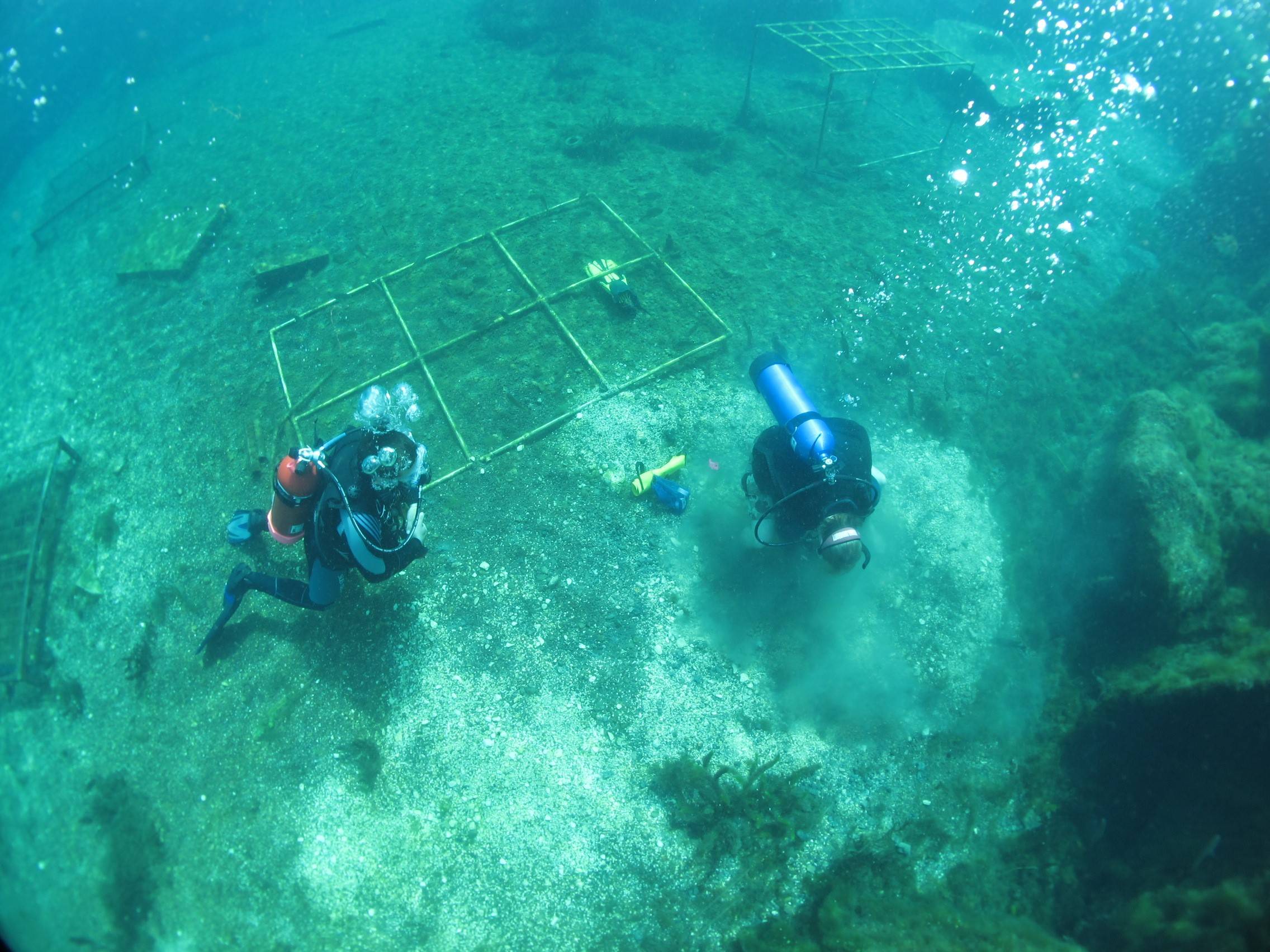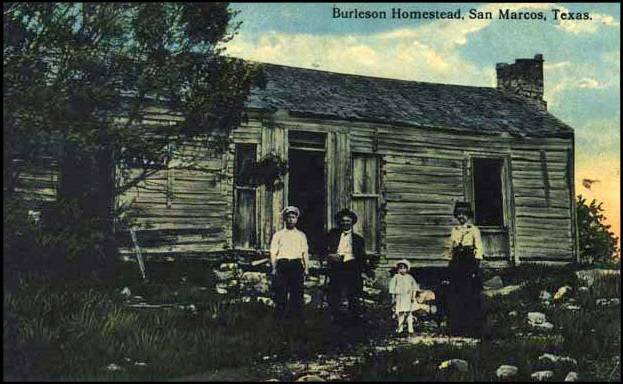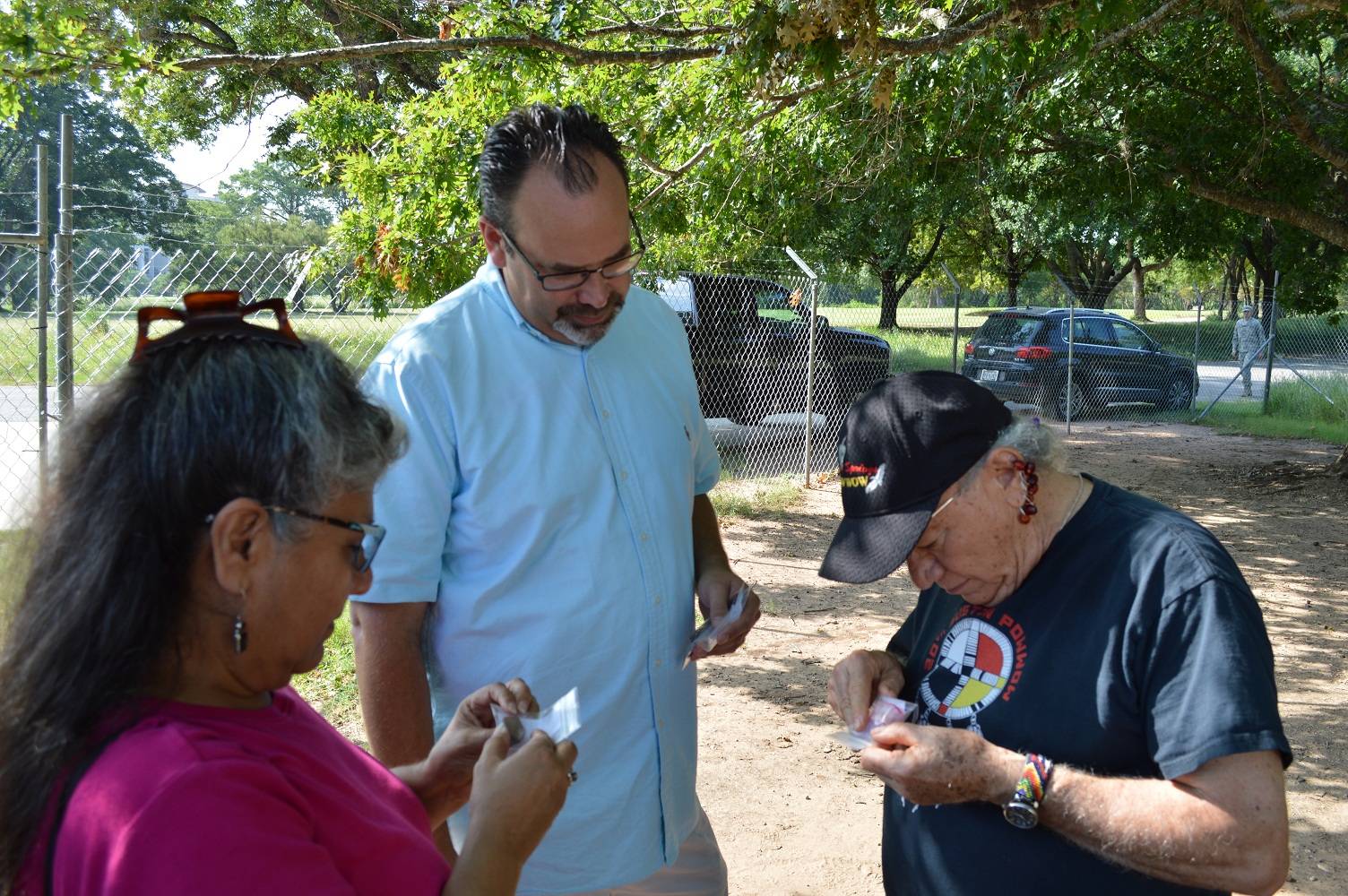Spring Lake Archaeology
For thousands of years, the San Marcos springs and the lake they form have been a critical part of the lifeways of Central Texans. In times of great drought, the springs have provided the only clean water for many miles. The springs' situation at an ecotone -- the confluence of several ecological niches -- means that food in the form of grasses, nuts, fruits, deer, fish, turtles, seasonal waterfowl like ducks and geese, even the occasional bison, were commonly available almost year-round. This has proven important not only to the nomadic bands that once traveled through Central Texas, but also to later European settlers who came equipped for a sedentary agricultural lifestyle.
Even today, the springs are an important part of our San Marcos community, a pivot point around which the activity of the city flows. As the source of the headwaters of the San Marcos river, the springs provide the basis for our current ecological and recreational tourism economy. And a visit to San Marcos is not complete without a visit to the springs, whether as the Aquarena Springs Amusement Park or in its current incarnation as the Meadows Center for Water and the Environment.
With such a deep history, the San Marcos Springs epitomize a concept known as a persistent place. As archaeologists, the staff and student employees at the Center for Archaeological Studies have been honored to have a part in studying, learning, and protecting the cultural remains of the many generations of human lives that have been lived out against the beautiful back drop of the San Marcos Springs. Please join us as we explore the springs through time and share what we have learned.
Click below to learn more about our most recent excavations at Spring Lake, a synthesis of the Prehistoric chronology, the Historic Era, or watch a video about underwater archaeology at Spring Lake.






